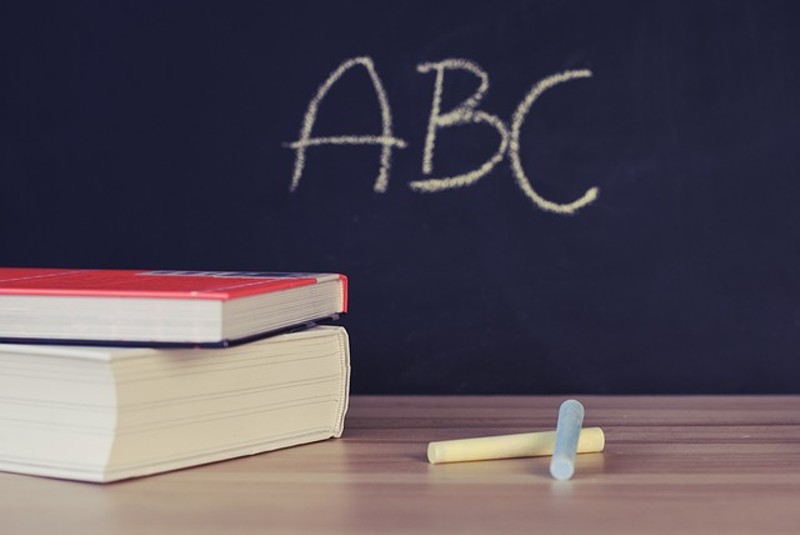Report reveals continued 'shell game' with Michigan education dollars
[
{
"name": "GPT - Leaderboard - Inline - Content",
"component": "35519556",
"insertPoint": "5th",
"startingPoint": "3",
"requiredCountToDisplay": "3",
"maxInsertions": 100
}
]
Michigan children will be missing out on almost $1 billion in funding this school year, and a new report blames what it calls "state budgeting gimmicks."
Voters approved the School Aid Fund more than two decades ago to support K-through-12 education.
But research from the Michigan League for Public Policy shows over the past nine years, $4.5 billion from the fund was shifted to universities and community colleges.
Report co-author Peter Ruark explains it's a tactic to prevent General Fund dollars from being used on higher education.
"This is just a shell game to help legislators avoid the difficult decisions about revenue enhancements, which mean raising some taxes," he states. "We've cut taxes so much that now we have to take them from public schools."
The report says School Aid Fund money was shifted for the first time in 2010 as a one-time fix to help balance the budget after the recession.
Gov. Rick Snyder has continued to use fund dollars for higher education in every budget, starting with $400 million in 2012.
Ruark adds the same year, lawmakers slashed per-student spending by $470 while approving a $1.6 billion tax cut for businesses.
Community college operations have been entirely funded by the School Aid Fund in three of the past five state budgets. And one-third of university funding in the most recent budget comes from the School Aid Fund.
Ruark says K-12 schools and higher education are both important, and shouldn't have to compete for dollars.
"Universities and community colleges need students to come through sound and solid public school systems," he stresses. "And public schools are dependent on a good higher education system to produce good teachers, produce jobs."
The report says more than $900 million from the School Aid Fund is set to go to higher education in the 2019 budget.
Ruark says it's money that could be used in K-12 classrooms to improve early literacy, expand preschool and increase per-pupil spending.
"A bipartisan collaborative determined that schools should be getting at least $9,600 per student, per year," he states. "And for this upcoming school year, schools are getting about $2,000 less."
Rurak contends that instead of shifting School Aid Fund dollars to compensate for tax cuts and credits, lawmakers should examine ways to raise state revenue so both primary and secondary education can be adequately funded.
Stay on top of Detroit news and views. Sign up for our weekly issue newsletter delivered each Wednesday.






